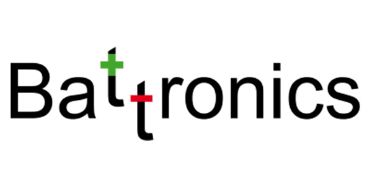Automated Battery Database
Determining the ageing behaviour of secondary batteries is difficult and time-consuming. This makes it more difficult to use the batteries in second-life applications. The Innosuisse project ‘Automated Battery Database’ aims to change this.
Factsheet
- Lead school School of Engineering and Computer Science
- Institute Intelligente industrielle Systeme (I3S)
- Research unit I3S / Prozessoptimierung in der Fertigung
- Funding organisation Innosuisse
- Duration (planned) 01.07.2021 - 31.12.2024
- Project management Prof. Dr. Axel Fuerst
- Head of project Prof. Dr. Axel Fuerst
-
Project staff
Michael Stalder
Marcel-David Zwahlen
Matthias Steck
Yanis Joël Lupberger
Martin Böll - Partner Battronics Engineering
- Keywords Battery ageing, diagnostics, machine learning
Situation
Determining and predicting the ageing behaviour of batteries is difficult and time-consuming. To ascertain their exact behaviour, approx. 60–120 batteries of the same type must undergo several thousand charging and discharging cycles. Data on such tests is often scattered around different servers and not always easy to find. Batteries have a linear ageing range which then gives way to non-linear behaviour relatively suddenly. The point at which this happens is virtually unpredictable with today’s methods, because many models use polynomial curves to predict the capacity loss and increase in resistance. However, these curves are nothing more than extrapolations of previously observed behaviour into the future. This makes it extremely difficult or impossible to determine the potential for second-life applications.
Course of action
The project takes existing, freely accessible data from scientific sources as a starting point, then processes it and puts it into a uniform format. Errors are corrected and everything is stored in an SQL database. This data allows various linear predictions to be made, which are not yet based on any physical model to begin with. In addition, current data and teardown data are collected to form physically harmonised models. Based on these models, machine learning algorithms are implemented to make more precise statements about the ageing and condition of batteries. Finally, clients can load their own data into the database and have it analysed. It should also be possible to find the best battery for a particular application.

